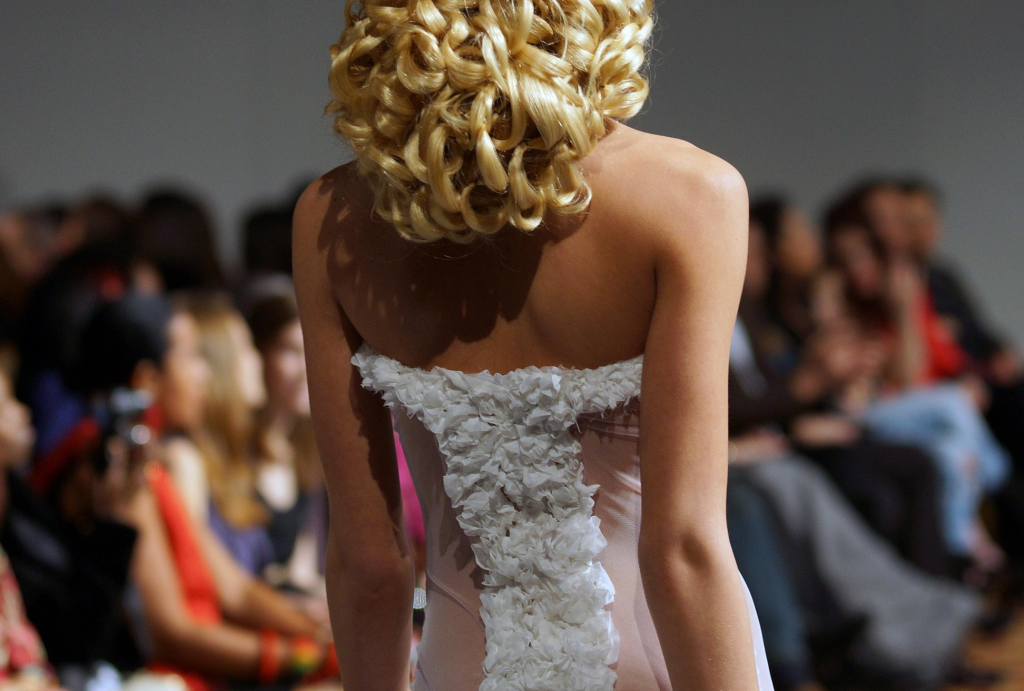
Introduction
Runway shows have always been more than mere presentations—they are the beating heart of fashion, where art, commerce, and innovation converge. From intimate salons to immersive digital spectacles, the catwalk shapes how we perceive and consume style. This article explores how modern runway shows are redefining the very essence of fashion.
The Evolution of Runway Shows
Fashion shows began as private salon events in the 19th century, where couturiers like Charles Frederick Worth showcased seasonal collections to aristocratic clients. Today, they are global events attracting celebrities, journalists, and influencers.
From Salon Presentations to Grand Spectacles
Early shows were intimate affairs in Parisian salons, often attended by a dozen guests. As names like Chanel and Dior rose to prominence, venues expanded to hotels and theaters—transforming fashion into a public spectacle.
The Rise of Fashion Capitals
Cities like Milan, London, New York, and Tokyo emerged as key fashion hubs, each with its own aesthetic and influence. Their biannual fashion weeks set the calendar for global retail and trend forecasting.
Runway as a Creative Laboratory
Designers use the catwalk to experiment with form, material, and narrative. What appears on the runway tomorrow often trickles down to high-street fashion months later.
Pushing Boundaries with Avant-Garde Designs
Runways are where boundaries dissolve. Comme des Garçons and Iris van Herpen, for example, blend sculpture and garment, challenging traditional notions of wearability.
Collaborations between Designers and Artists
Partnerships with visual artists, choreographers, and musicians—like the Alexander McQueen-Placido Domingo collaboration—elevate shows into multidisciplinary experiences.
Technology Transforming the Catwalk
From LED-embedded garments to holographic models, technology is rewriting the language of runway.
Digital Fabrics and Wearable Tech
Smart textiles that change color or monitor movement debuted on catwalks by innovators such as Hussein Chalayan, forecasting the integration of fashion and tech.
Live Streaming and Virtual Shows
The pandemic accelerated live streaming on platforms like YouTube and Instagram, democratizing access and allowing brands to reach millions in real time.
Sustainability on the Runway
Environmental concerns have sparked a revolution in how shows are produced.
Eco-Friendly Production and Displays
Brands like Stella McCartney use recycled materials and carbon-neutral sets, demonstrating that glamour and sustainability can coexist.
Circular Fashion Presentations
Some designers now feature pre-loved garments or rental pieces on the runway, promoting circularity and reducing waste.
Impact on Consumer Trends
Catwalk looks resonate far beyond the venue, influencing street style and retail.
Street Style Translation
Photographers and bloggers capture audience outfits, translating runway aesthetics into everyday wear.
Social Media Amplification
TikTok challenges and Instagram Reels transform runway clips into viral content, driving demand for specific silhouettes and colors.
Immersive and Experiential Shows
Contemporary shows engage all senses, immersing guests in a brand narrative.
Sensory Engagement and Set Design
Soundscapes, scents, and interactive installations—such as Gucci’s enchanted garden—create memorable atmospheres.
Interactive Elements for Audiences
QR codes embedded in seats or digital lookbooks allow viewers to explore collections on demand.
The Future of Runway Fashion
The catwalk is evolving into hybrid physical-digital spaces.
Virtual Reality and Metaverse Shows
Brands like Dolce & Gabbana have staged runway experiences in virtual worlds, enabling global avatars to attend.
Democratisation of Fashion
Social media polls and blockchain-based voting give consumers a voice in design and production decisions.
Conclusion
Runway shows remain the nexus of creativity and commerce, continuously reinventing how we experience fashion. As technology, sustainability, and consumer engagement converge, the future of the catwalk promises ever more innovative and inclusive spectacles.

FAQs
Q1: How have digital platforms changed runway accessibility?
Live streaming and virtual shows allow anyone with an internet connection to experience front-row fashion in real time.
Q2: Can sustainable runway shows influence wider industry practices?
Yes, eco-friendly sets and circular collections set benchmarks that trickle down to ready-to-wear and fast-fashion brands.
Q3: What role does social media play in trend adoption?
Platforms like TikTok and Instagram accelerate trend cycles by turning runway moments into viral challenges and influencer content.
Q4: Are virtual runway shows as effective as physical ones?
While they lack the tactile element, virtual shows expand reach and foster interactivity, complementing in-person events.
Q5: How can emerging designers leverage runway innovations?
By adopting digital tools, sustainable practices, and immersive storytelling, new brands can create buzz and differentiate themselves on a global stage.







